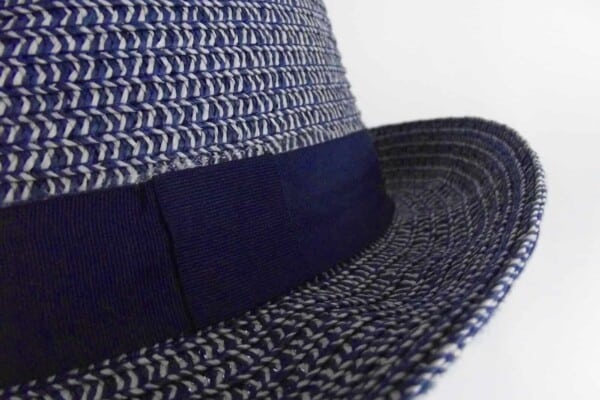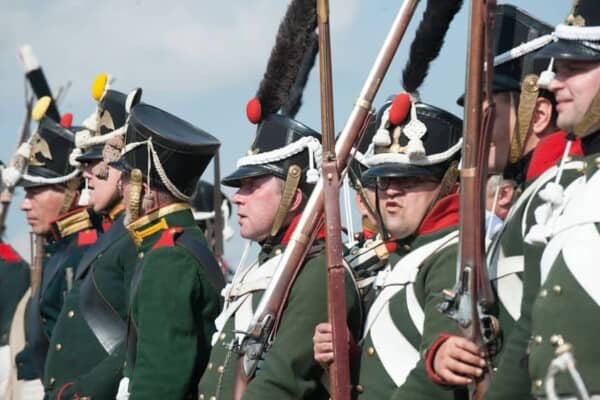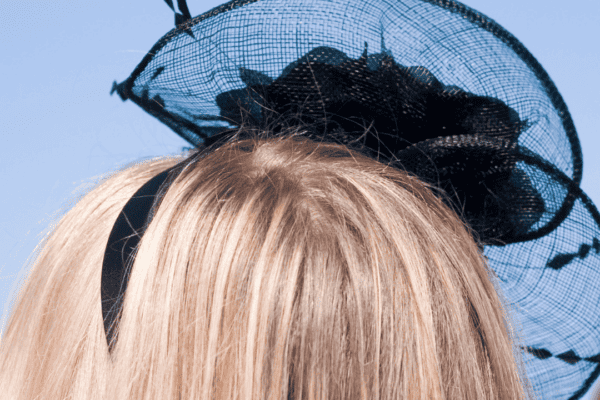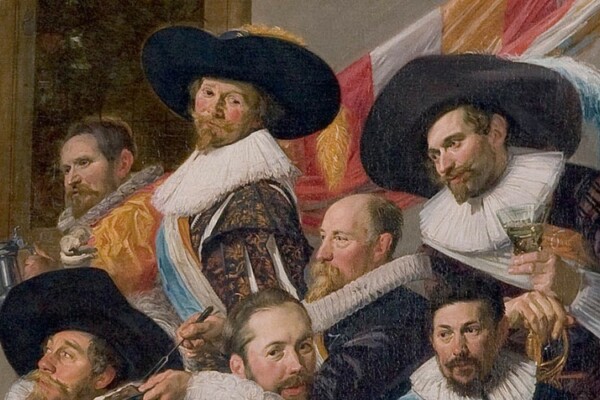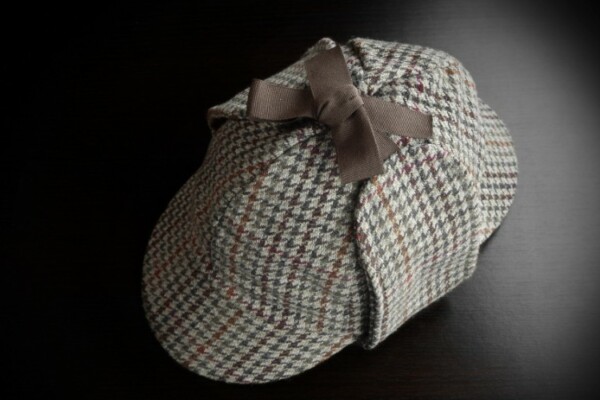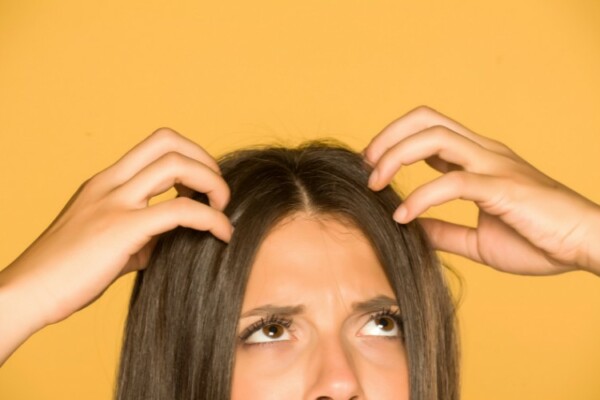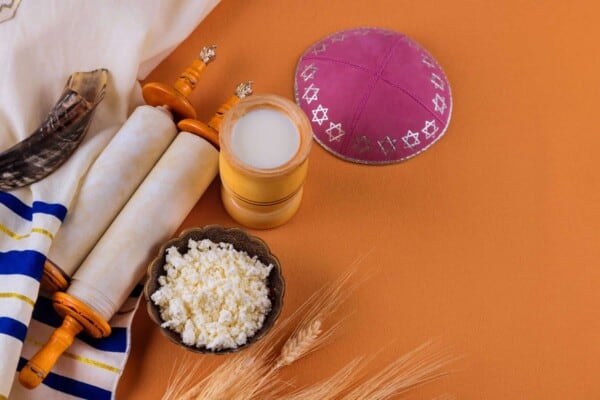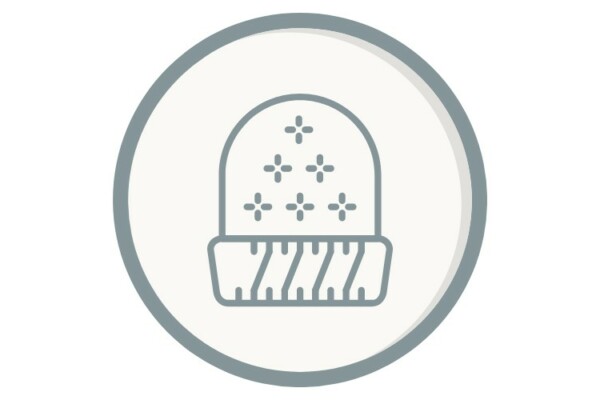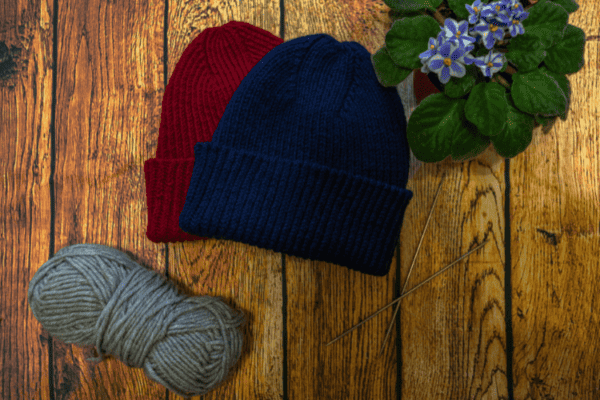Juju hats are beautiful wall decorations popping up all over the internet, magazines, and social media these days. Many people fall in love with Juju hats because of their incredibly unique design and the interesting materials they’re made of.
Juju hats are more than simply something to hang on your wall to brighten up a room – there’s a rich and fascinating history behind them. They’re traditional headwear from Cameroon, symbolizing royalty and chief status. These hats take days to make by hand, featuring woven grass and feathers.
Read on for five intriguing facts about Juju hats.
Juju Hats Come From Cameroon
Juju hats are made by the Bamileke, a Grassfields people from Cameroon in West Africa and also Cameroon’s largest ethnic group. The Bamileke people have made Juju hats for hundreds of years, and they are an integral part of the traditional dress of the Bamileke people and are very symbolic in their culture.
They Are Not Just Known as Juju Hats
In their native Cameroon, Juju hats are known as either Bamileke hats or Tyn hats. The word “juju” is actually a French word meaning “plaything.” It is applied to the belief system of several West African cultures, such as the Bamileke. Juju is mainly associated with items imbued with magical properties, such as amulets or other jewellery, and spells.
Juju Hats Symbolize Royalty
Juju is a West African belief system that includes the use of objects and spells. Chiefs, royalty, and royal dancers wear Juju hats as part of traditional Bamileke ceremonies. The person wearing a Juju hat will also often wear them with a Mbap Mteng (Elephant Mask) to symbolize the wealth and power of their position. Only a king (a “Fon”) can wear an elephant mask.
This wealth and power are also symbolically passed down to the next generation with Juju hats because when a Bamileke elder dies, the Juju hat is given to the next in line of the family. Check out this article about royalty and hats.
Juju Hats Are Still Made in Cameroon
If you purchase a Juju hat today, you can be sure that talented artisans made it in Cameroon before being imported. If you travel anywhere in West Africa, you’ll be able to purchase a beautiful Juju hat from any market in the area.
Juju Hats Are Made Very Carefully by Hand
The process of making a Juju hat requires a lot of skill and talent, and it usually takes a couple of days to finish making these hats by hand. Juju hats are made of a woven grass base, holding the circular wooden slats that the feathers attach to.
They can only be made during specific periods of the year when the weather is dry enough to ensure the grass and feathers are usable. The feathers, which can come from various wild birds and can be left natural or dyed, are put into the wooden slats one by one.
Juju hats can be pulled open or closed with a strap so that the feathers are neatly protected inside, and the hat becomes easy to store. Check out this juju hat on Amazon.

Final Words
Juju hats are certainly something to consider if you’re looking for a unique, eye-catching centerpiece for your wall. They look great hung individually or in groups of different colors. The fact that they’re all handcrafted means that you can rest assured that your new artwork is of the highest quality.

